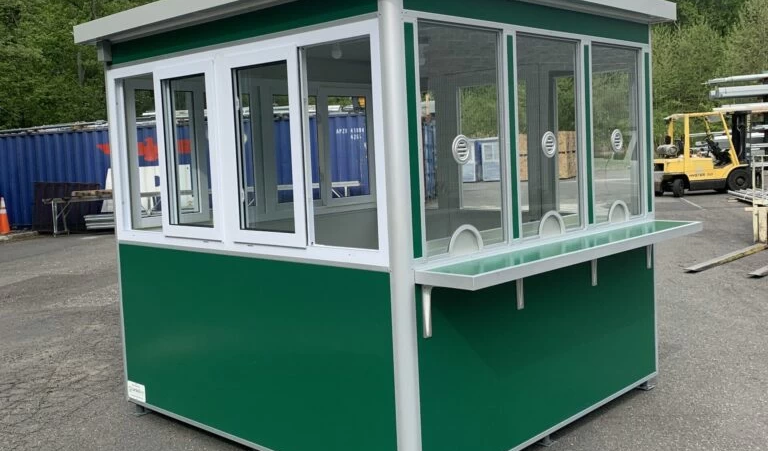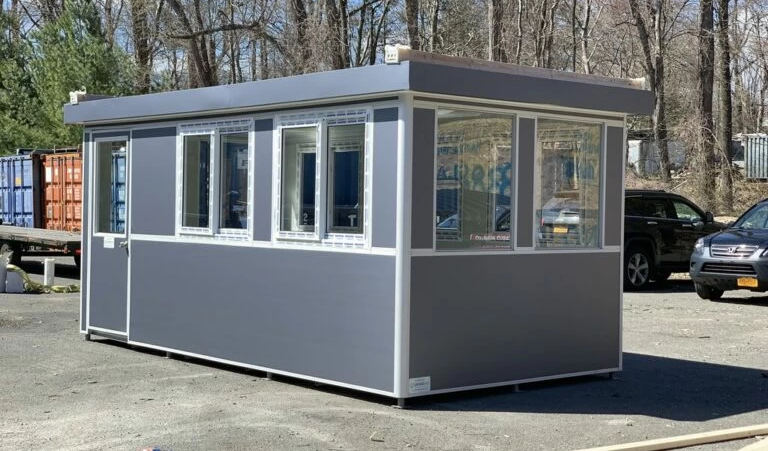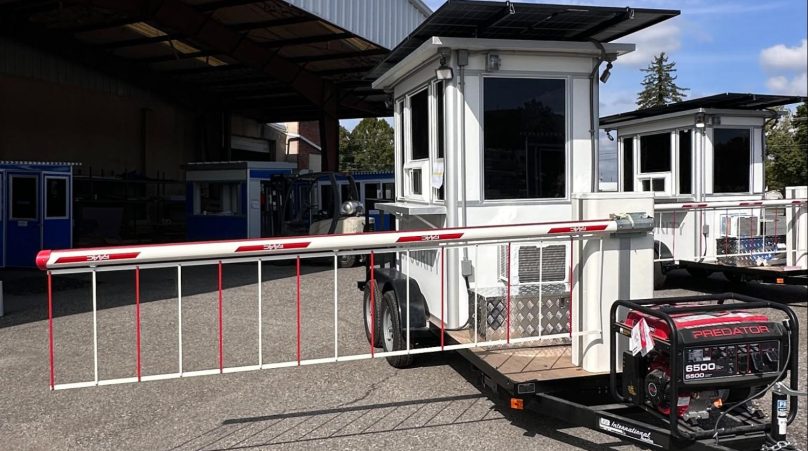Why is CTPAT Certification Important for Warehouses?
In the dynamic landscape of warehousing, the importance of compliance cannot be overstated. Ensuring compliance with established standards is not just a regulatory requirement, but also a fundamental cornerstone that supports the entire structure of a successful business.
While meeting the standards set by the Customs-Trade Partnership Against Terrorism (commonly known as CTPAT) may involve various complexities, overcoming these challenges offers significant opportunities for operational success and improved security.
But what does it truly mean to be CTPAT compliant?
Why should a U.S. warehouse bordering Canada or Mexico strive for such a certification?
And what makes it sufficiently important to merit our focused consideration?
The crux of this article aims to provide a comprehensive understanding of the importance of CTPAT compliance for warehouses. During this exploration, we’ll highlight the many benefits that come with this certification and provide an overview of the comprehensive set of requirements.
Then, we’ll present effective strategies and best practices for achieving and sustaining CTPAT compliance, such as through the implementation of prefab booths for warehouse use.
, such as through the implementation of prefab booths for warehouse use. These strategies will be supported by data, case studies, and real-world examples that underscore their effectiveness.
Ready to delve into the specifics of CTPAT compliance and discover its potential benefits for your warehouse?
Let’s begin.
What is CTPAT Certification?
Customs-Trade Partnership Against Terrorism (CTPAT) certification is a voluntary program administered by U.S. Customs and Border Protection (CBP) designed to strengthen international supply chain security. This program is crucial for warehouses and other entities involved in international trade to ensure the safety and efficiency of their operations.
CTPAT certification for warehouses involves implementing a comprehensive set of security measures to mitigate risks in the supply chain. By achieving CTPAT compliance for warehouses, businesses can enjoy several benefits, including:
- Expedited processing of shipments through U.S. borders
- Reduced number of CBP examinations
- Priority treatment during times of elevated threat levels or port disruptions
- Access to the Free and Secure Trade (FAST) lanes at land borders
- Enhanced reputation and credibility in the industry
To obtain this valuable CTPAT certification, warehouses must navigate a multi-step process that begins with submitting an application to CBP. This is followed by conducting a thorough risk assessment of their supply chain, implementing security measures based on CTPAT minimum security criteria, and undergoing a validation process to obtain CTPAT compliance for warehouses, conducted by CBP. It’s important to note that the program is not a one-time CTPAT certification but rather emphasizes continuous improvement. CTPAT certified members are required to regularly assess and enhance their security practices to maintain compliance, ensuring that they stay at the forefront of supply chain security measures.
Understanding CTPAT and its Significance for Warehouses
CTPAT compliance for warehouses is critical in today’s global trade environment. Warehouses serve as crucial links in the supply chain, and their security directly impacts the integrity of international cargo movements. By implementing CTPAT security measures, warehouses can significantly contribute to the overall safety of the supply chain.
Key security measures for CTPAT compliance in warehouses include:
- Physical Security:
-
-
- Installing and maintaining perimeter fencing
- Implementing access controls for employees and visitors
- Using security cameras to monitor the facility
- Securing all entry and exit points
-
- Personnel Security:
-
-
- Conducting background checks on employees
- Implementing procedures for termination and changing access credentials
- Providing security awareness training to all staff
-
- Procedural Security:
-
-
- Developing and maintaining documented security procedures
- Implementing cargo handling and storage procedures
- Establishing IT security protocols
-
- Conveyance Security:
-
-
- Inspecting containers and trailers for structural integrity
- Maintaining a seven-point inspection process for all vehicles
- Securing and sealing loaded containers/trailers properly
-
- Business Partner Requirements:
-
-
- Verifying the security practices of business partners
- Encouraging business partners to strengthen their supply chain security
-
- Crisis Management and Disaster Recovery:
-
-
- Developing and testing emergency plans
- Establishing procedures for business continuity
-
- Security Training and Threat Awareness:
-
- Providing regular security training to employees
- Keeping staff informed about current security threats and trends
By implementing these measures, warehouses can not only achieve CTPAT certification but also significantly enhance their overall security posture. This comprehensive approach to security helps protect assets, employees, and the integrity of the global supply chain.
CTPAT-certified warehouses often experience improved operational efficiency, reduced cargo theft, and enhanced credibility with customers and partners. As international trade continues to grow in complexity, CTPAT certification has become an invaluable tool for warehouses looking to maintain a competitive edge while contributing to global supply chain security.
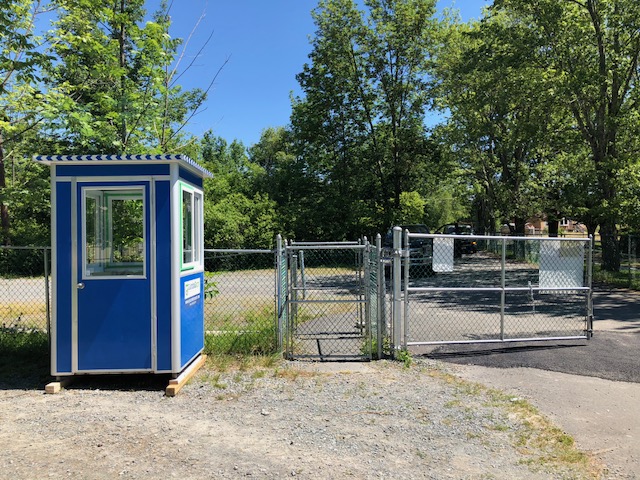
CTPAT Compliance Requirements Checklist
Embarking on the journey towards CTPAT compliance requires a profound understanding of the path ahead. The CTPAT certification is granted based on an extensive and detailed set of criteria.
A warehouse must demonstrate its adherence to these stipulations, clearly listed in the CTPAT requirements checklist, to achieve certification.
The CTPAT requirements checklist for warehouse operations serves as your roadmap to compliance, breaking down complex security protocols into manageable, actionable items. This systematic approach ensures no critical security measure is overlooked, from basic physical security to advanced supply chain protocols. Let’s examine each key requirement in detail to help you navigate the certification process effectively:
Commitment to Security
- To demonstrate a commitment to security, a warehouse should develop a security plan that outlines the organization’s security goals and objectives. The plan should include a risk assessment, a list of security measures to be implemented, and a process for monitoring and evaluating the effectiveness of the security measures.
- The warehouse can also implement security measures to protect its cargo, such as fencing, security cameras, and access control. Fencing can be used to deter unauthorized access to the warehouse, while security cameras can be used to monitor activity inside and outside the warehouse.
- Access control systems can be used to control who can enter and exit the warehouse, and to track who has access to sensitive areas.
- The warehouse can also conduct regular security assessments to identify and address security vulnerabilities. This can be done by hiring a security consultant to conduct a vulnerability assessment, or by using a security assessment tool.
Access Controls
- To prevent unauthorized individuals from entering the warehouse, the warehouse can implement a system of access control.
- This system can use physical barriers, such as fences and gates, to control access to the warehouse. It can also use electronic access control systems to control who can enter and exit the warehouse. The system should require all visitors to sign in and show identification.
Personnel Security
- To protect its cargo, the warehouse can conduct background checks on all employees who have access to cargo. This will help to ensure that only trustworthy individuals have access to sensitive areas.
- The warehouse can also train employees on security procedures and awareness. This training should cover topics such as cargo security, identification of suspicious activity, and reporting procedures.
- The warehouse can also implement a system of disciplinary action for employees who violate security policies. This will help to deter employees from engaging in unauthorized activities.
Procedural Security
- To ensure the correct handling of goods in a warehouse, the warehouse can develop and implement procedures for handling cargo. These procedures should be well-defined, documented, and consistently applied. They should cover topics such as cargo identification, cargo inspection, and cargo storage.
Supply Chain Visibility
- To have a clear, detailed understanding of the entire supply chain, the warehouse can keep updated records of every link in its supply chain. These records should include information such as the supplier, the manufacturer, the transportation company, and the destination of the cargo. This information will help the warehouse to track the movement of cargo throughout its supply chain and to identify any security threats that may arise.
Physical Security
To deter unauthorized access, the warehouse can implement a number of physical security measures. These measures can include:
- Fencing: Install a fence around the warehouse to deter unauthorized access. The fence should be at least 6 feet high and topped with barbed wire or another type of deterrent.
- Lighting: Install adequate lighting around the warehouse to improve visibility and deter crime.
- Locking devices: Use strong locks on all doors and gates to prevent unauthorized access.
- Surveillance systems: Install security cameras around the warehouse to monitor activity and deter crime.
Other Requirements
CTPAT compliance for warehouses involves a comprehensive set of requirements that go beyond basic security measures. These requirements ensure that certified warehouses maintain the highest standards of supply chain security, operational efficiency, and risk management. By adhering to these standards, warehouses can significantly enhance their CTPAT certification process and demonstrate their commitment to secure international trade. The following list outlines the key areas that warehouses must address to achieve and maintain CTPAT certification:
- Business Partner Requirements: Screen, encourage, and regularly review business partners’ security practices to strengthen the entire supply chain.
- Information Technology Security: Implement robust IT security policies, including strong passwords, anti-virus software, firewalls, and regular data backups, to protect sensitive information.
- Conveyance Security: Verify container integrity through thorough inspections and proper sealing procedures to prevent tampering and ensure cargo safety.
- Seal Security: Develop and follow a comprehensive seal policy using high-security seals and strict inventory control to maintain cargo integrity.
- Procedural Security: Maintain written procedures for all key processes, ensuring information integrity and protection throughout warehouse operations.
- Agricultural Security: Implement and train employees on pest prevention measures and procedures to comply with agricultural safety standards.
- Training and Awareness: Provide comprehensive security training to all employees, with specialized training for sensitive positions, enhancing overall security awareness.
- Risk Assessment: Conduct, document, and regularly update supply chain risk assessments to identify and mitigate potential threats.
- Documentation and Document Retention: Maintain accurate import/export documentation and implement a compliant retention policy to support CTPAT certification requirements.
- Crisis Management and Disaster Recovery: Develop, regularly test, and update a comprehensive crisis management and disaster recovery plan to ensure business continuity.
By addressing these key areas, warehouses can streamline their CTPAT certification process and create a robust security framework that aligns with CBP’s requirements for supply chain security.
By implementing these security measures, the warehouse can help to ensure that it is CTPAT compliant and better protected from security threats. A guard booth serves as a secured entryway that can be used to screen visitors and employees before they enter the warehouse. The booth can be equipped with a variety of security features to prevent unauthorized individuals from entering the warehouse and carrying contraband. A CTPAT compliant security booth can also be customized to address many of the specific security requirements of the CTPAT program as outlined in this article.
The Benefits of CTPAT Compliance
Having understood what CTPAT stands for and why it is of utmost importance, one might still wonder: “What’s in it for us?”
This is where understanding the distinct CTPAT benefits comes in handy, as they are pivotal in validating the effort and resources invested into achieving compliance.
CTPAT compliance for warehouses brings several key advantages that directly impact operational efficiency and security:
- Priority processing at borders and ports
- Reduced examination rates
- Front-of-line privileges
- Access to Free and Secure Trade (FAST) lanes
- Shorter wait times at borders
Our modular booth CTPAT compliant solutions help facilities meet specific security requirements:
- 24/7 surveillance capabilities
- Access control integration
- Document verification systems
- Communication equipment
- Emergency response readiness
Following warehouse security procedures sample guidelines, certified facilities must maintain:
- Comprehensive visitor management systems
- Regular security assessments
- Employee training programs
- Incident reporting protocols
- Supply chain visibility
As a CTPAT-certified warehouse, your operations are recognized as lower risk, leading to fewer required cargo examinations and quicker processing times. Consequently, this results in less disruption, more predictability, and heightened efficiency in your supply chain. In an industry where time is money, these benefits can translate into substantial cost savings.
Additional CTPAT compliance for warehouses benefits include:
- Reduced insurance premiums
- Enhanced inventory control
- Improved risk management
- Stronger partner relationships
- Competitive advantage in the market
By implementing proper warehouse security procedures and utilizing modular booth CTPAT compliant solutions, organizations can create a robust security framework that protects assets, streamlines operations, and builds trust within the global supply chain. The initial investment in measures to ensure CTPAT compliance for warehouses is far outweighed by the long-term benefits of reduced risks, improved efficiency, and enhanced business opportunities. As international trade continues to evolve, CTPAT certification remains a crucial differentiator for successful warehouse operations.
Additionally, CTPAT certification boosts your company’s credibility and reputation. It shows customers, suppliers, and stakeholders that your organization is committed to maintaining a high level of security. Such a commitment not only instills confidence in your existing partners but also attracts new business opportunities.
Moreover, CTPAT members have access to numerous networking opportunities and CBP’s annual conference. Such platforms offer a chance to collaborate, learn, and share best practices, thus fostering continuous improvement in your security measures.
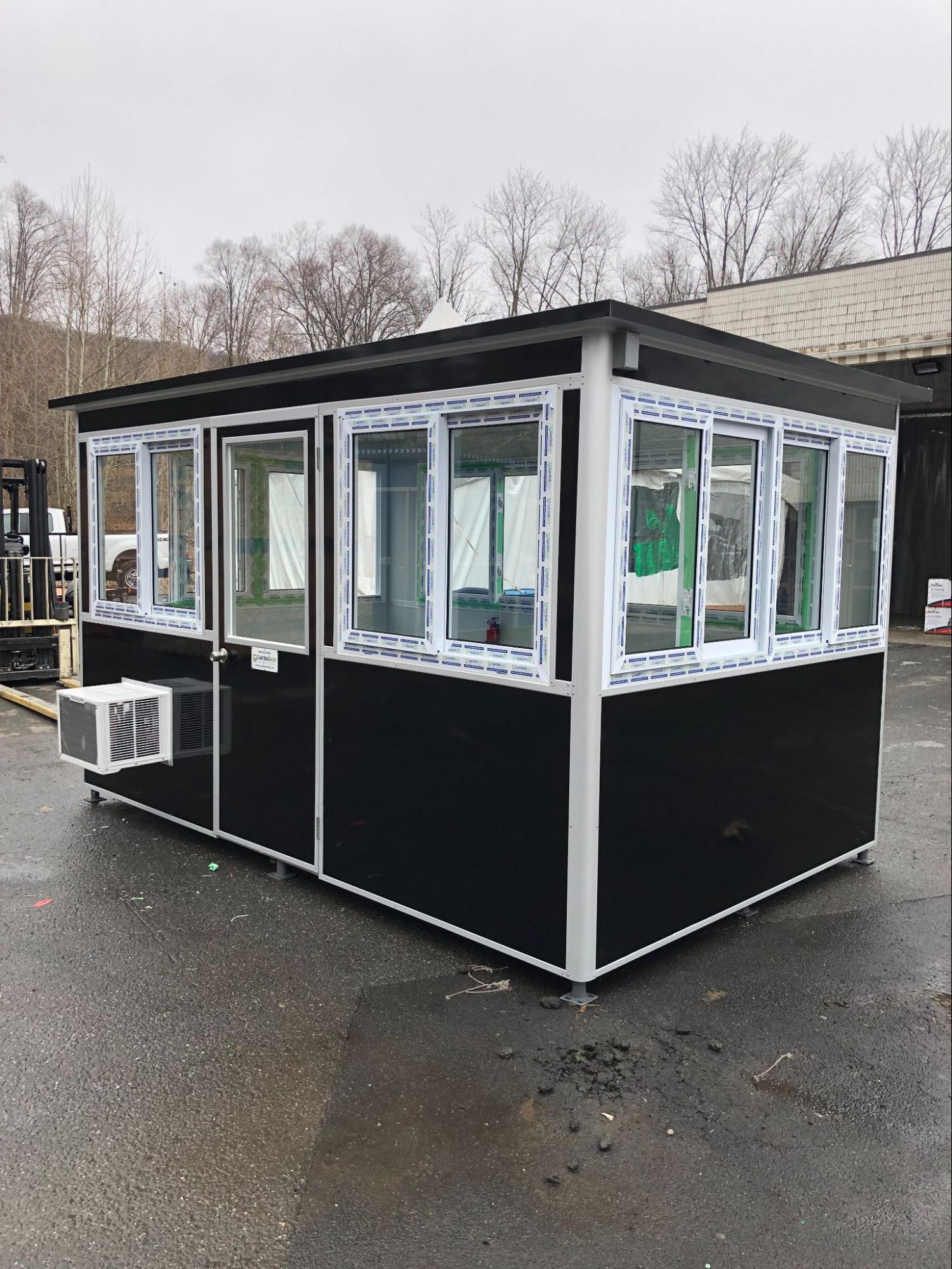
Companies That Are Not Eligible for CTPAT
While CTPAT certification offers significant benefits for many businesses involved in international trade, not all companies are eligible for this program. Understanding which entities are ineligible for CTPAT certification is crucial for businesses considering applying. Here’s an overview of companies that typically do not qualify for CTPAT:
- Non-U.S. Based Entities: CTPAT is primarily designed for companies based in the United States or those with a significant U.S. presence. Foreign companies without a U.S. business entity or representative are generally not eligible.
- Companies Without Direct Involvement in the International Supply Chain: Businesses that do not directly participate in the import/export process or international supply chain management may not qualify. This includes companies that only operate domestically.
- Individuals or Sole Proprietorships: CTPAT is aimed at businesses rather than individuals. Solo entrepreneurs or sole proprietorships may find it challenging to meet the comprehensive security requirements.
- Companies with a History of Customs Violations: Businesses with a record of significant or repeated customs violations are typically ineligible. CBP scrutinizes an applicant’s compliance history as part of the vetting process.
- Startups or New Companies: Very new companies or startups may not be eligible immediately as CTPAT requires a demonstrable history of compliant trade practices.
- Companies Unable to Meet Minimum Security Criteria: If a business cannot implement or maintain the required security measures, they will not be eligible for CTPAT certification.
- Certain Types of Service Providers: Some service providers that are not directly involved in the movement of goods, such as financial institutions or consulting firms, may not be eligible unless they play a specific role in the supply chain.
- Companies Under Investigation: Businesses currently under investigation by CBP or other government agencies for trade-related violations are typically not eligible until the investigation is resolved.
- Debarred or Suspended Companies: Entities that have been debarred or suspended from federal programs are generally ineligible for CTPAT certification.
- Companies Without Proper Licensing or Registration: Businesses must have all necessary licenses and registrations required for their operations. Those lacking proper documentation may be ineligible.
It’s important to note that eligibility can change over time. Companies that are currently ineligible may become eligible by addressing the factors that disqualify them, such as establishing a U.S. presence or resolving compliance issues. Conversely, CTPAT members can lose their eligibility if they fail to maintain the required standards or engage in activities that violate program rules.
Businesses that are unsure about their eligibility can consult with CBP or a CTPAT expert can provide clarity on their status and potential pathways to eligibility. Understanding these criteria helps companies assess whether pursuing CTPAT certification aligns with their business model and capabilities.
How Guardian Booth Can Help With CTPAT Compliance and Certification
Guardian Booth’s security guard shacks are designed to meet the requirements of the Customs-Trade Partnership Against Terrorism (CTPAT) program. By choosing Guardian Booth’s prefabricated modular booth CTPAT compliant solutions, companies can demonstrate their commitment to security and help protect themselves from potential threats. Here are some specific ways this can be accomplished:
- Professional Appearance: A well-maintained, modular booth CTPAT compliant security station reflects the seriousness with which a company takes its security, building trust with clients, partners, and employees.
- Physical Deterrent: The presence of a modular booth CTPAT compliant security structure acts as a deterrent to potential intruders, signaling that the facility is guarded and monitored.
- Durable Construction: Guardian Booth’s modular booths are made from high-quality, durable materials that can withstand potential attempts at vandalism or forced entry. Features such as bulletproof glass add an extra layer of protection for security personnel.
- 360-Degree Visibility: Modular security stations offer 360-degree visibility, providing security personnel with an unobstructed view of the entire facility.
- Surveillance Technology: Our modular booth CTPAT compliant structures can be equipped with advanced surveillance equipment like CCTV cameras and biometric scanners.
- Documentation and Verification: Inside the modular booth CTPAT compliant unit, security personnel can collect, verify, and record data related to incoming and outgoing shipments.
- Integrated Communication Systems: CTPAT compliant security stations feature integrated communication systems, allowing for quick relay of information.
- Access Control: A CTPAT compliant modular booth security station serves as the first point of contact at a facility, controlling and monitoring all access points.
- Efficiency Enhancements: Ergonomically-designed booths with features like adjustable desks can improve productivity and reduce fatigue.
- Lighting Solutions: Guardian Booth’s modular booth CTPAT compliant structures are fitted with efficient lighting systems for better visibility, especially during night shifts or in low-light environments.
- Secure Storage: Modular booth CTPAT compliant units can be outfitted with secure storage for important documents or sensitive equipment.
- Climate Control: Guardian Booth’s modular booth CTPAT compliant stations include HVAC systems, creating a comfortable working environment for security personnel.
- Space Efficiency: Compact yet comfortable, these modular booth CTPAT compliant units make efficient use of space, fitting seamlessly into different warehouse layouts.
- Customizability: Guardian Booth’s modular booth CTPAT compliant security stations can be tailored to meet specific security needs, ensuring optimal protection and compliance with CTPAT guidelines.
By implementing Guardian Booth’s modular booth CTPAT compliant solutions, companies can significantly enhance their security measures and streamline their CTPAT certification process.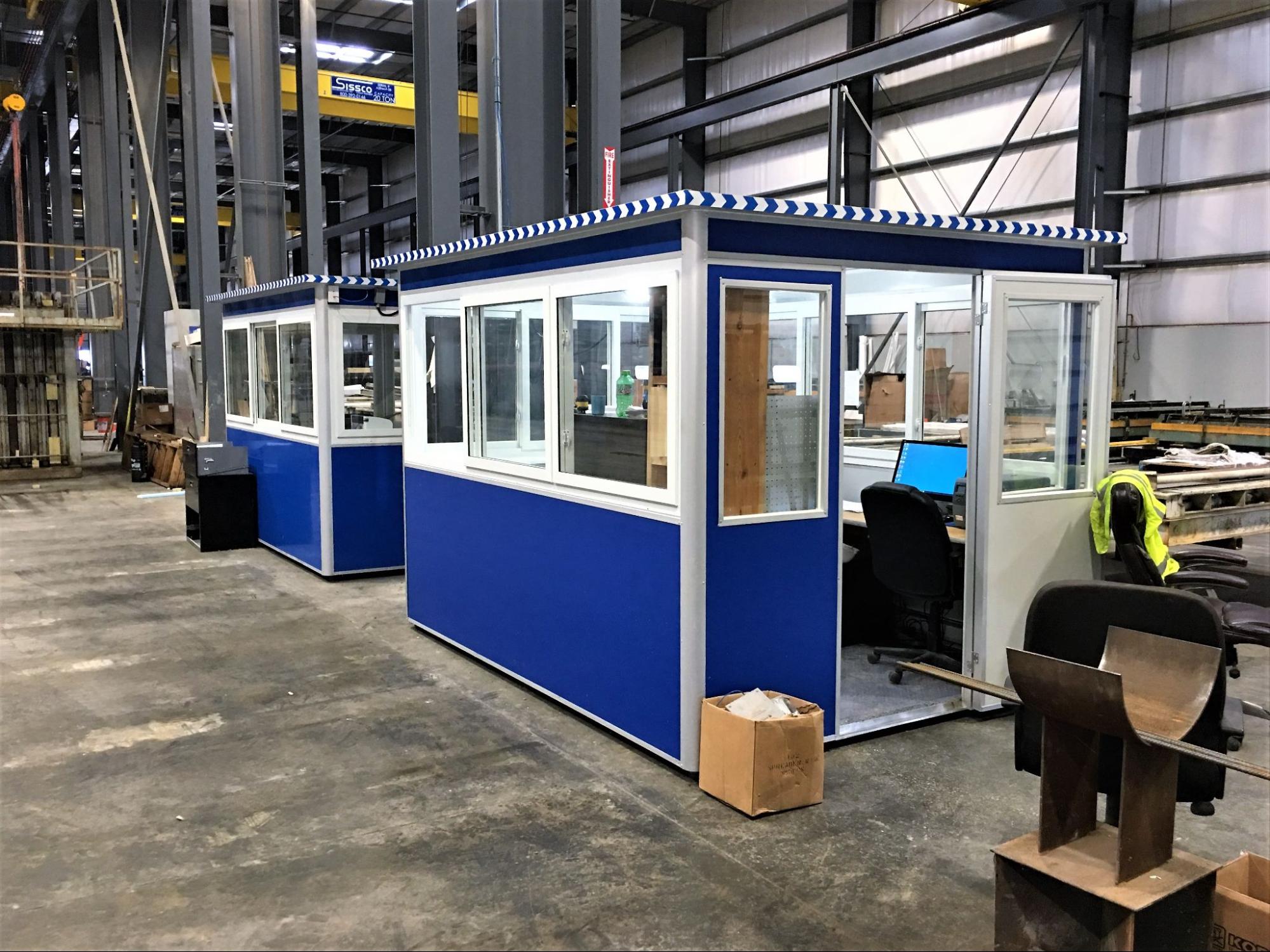
Ready to Take the Right Step?
Recognizing the significance of CTPAT compliance for warehouses is a vital starting point. However, selecting a reliable partner, such as Guardian Booth, is known for its adherence to delivery schedules and promptness in delivering. Thus, Guardian Booth prefab booth delivery time can manifest concrete advantages. These benefits are not confined to enhanced security alone. CTPAT compliance also builds trust within your supply chain, leading to smoother and more efficient operations.
Whether we talk about a permanent structure vs temporary structure. Guardian Booth’s state-of-the-art security solutions can prove instrumental in helping you reach your compliance objectives.
As you seek to strengthen your warehouse’s compliance status, remember that Guardian Booth’s superior products are here to reinforce your security strategy.
So, are you ready to elevate your compliance status and enhance warehouse security?
Explore Guardian Booth’s range of top-tier security guard booths and portable enclosures today.
Don’t just aim for compliance; achieve it (and surpass it) with Guardian Booth.
Your secure, compliant future is just one step away.
Read More:
Why Border Security Booths Are Important For Border Logistics?

